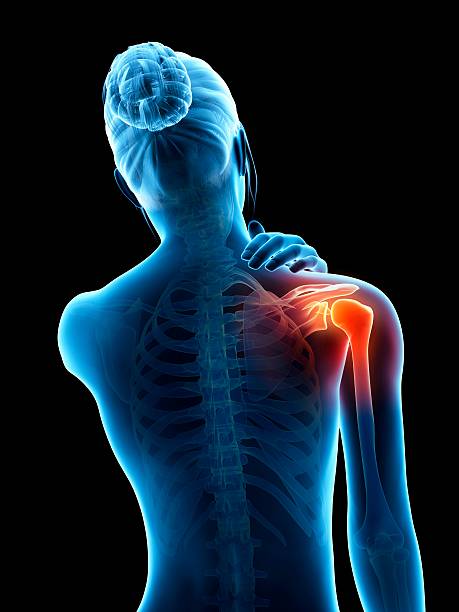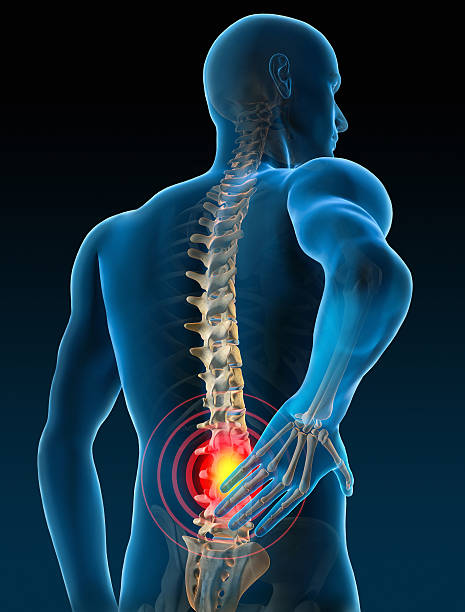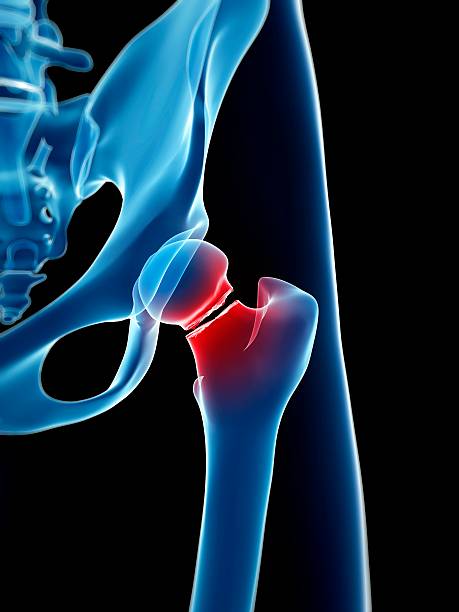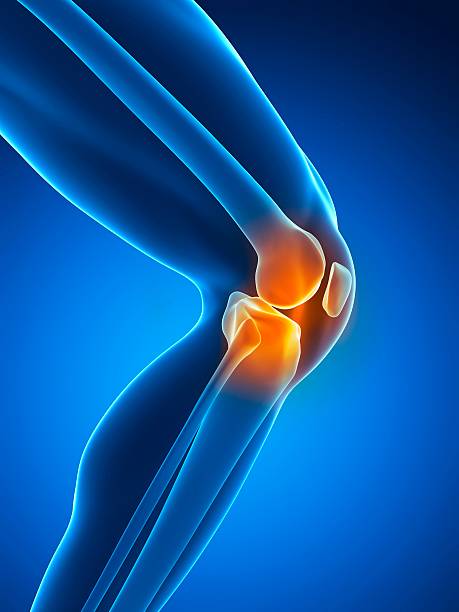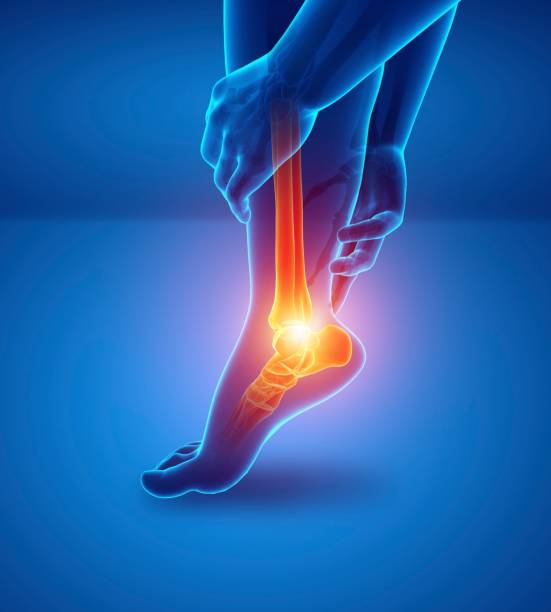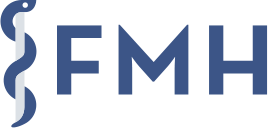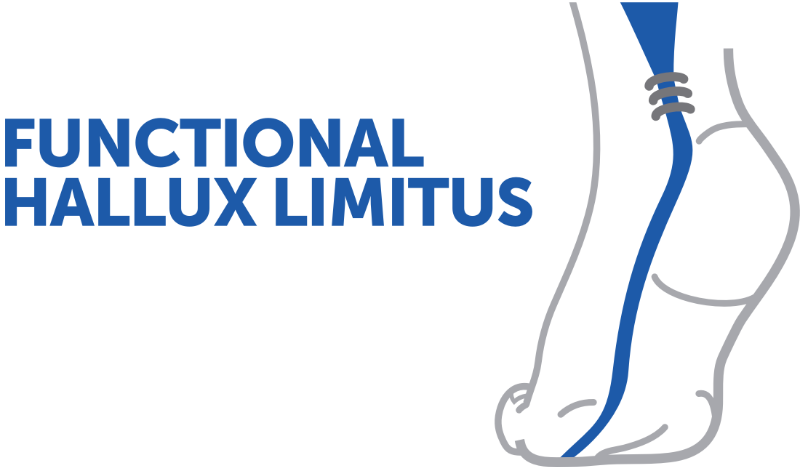Comprehensive Approach to Rotator Cuff Injuries
An in-depth presentation on rotator cuff injuries, including epidemiology, anatomy, diagnosis, conservative treatment, infiltrations, surgical options, and advanced techniques such as reverse prosthesis and tendon transfers.
Doctors
Topics
Treatments
Advice
- Dr. Alec Cikes
- Introduction
- Anatomy of the shoulder
- Types of injuries
- Symptoms
- Epidemiology
- Physiotherapy
- Infiltrations
- PRP
- Stem cells
- Surgery
- Rotator cuff injuries increase with age
- A quarter of asymptomatic shoulders could become symptomatic
- Arthroscopic surgery gives good results
Information
Video type:
Anatomy:
Surgery:
Thematic:
A frequent reason for consultation
Rotator cuff injuries constitute a significant proportion of consultations with shoulder specialists. They affect a variety of profiles, from manual workers to athletes, with increasing frequency with age. The mechanisms are traumatic, degenerative, or mixed, and the clinical expression ranges from isolated pain to loss of strength and mobility.
Understanding this diversity makes it possible to adapt the treatment pathway and anticipate the natural progression of the lesion.
From anatomy to biomechanics
The rotator cuff keeps the humeral head centered and works with the deltoid to elevate the arm. When the rotator cuff is damaged, the humeral head migrates, recentering is lost, and joint wear can accelerate. MRI arthrography provides information on retraction, fatty infiltration, and muscle atrophy, which are crucial for the future.
This biomechanical reading helps to set realistic goals: to relieve, restore function and preserve joint capital.
More than half of all shoulder specialist consultations involve rotator cuff problems.
Graduated therapeutic strategy
Treatment begins with physiotherapy (pain control, mobility, scapulothoracic coordination) and may include selected infiltrations. Biological approaches (PRP, stem cells) are discussed on a case-by-case basis, with targeted indications.
In the presence of a repairable rupture, arthroscopic surgery aims at solid reinsertion of the tendon and prevention of early osteoarthritis.
Surgery: indications and advanced options
Arthroscopic repair relies on freshening the footprint and fixation with inks and sutures, often in a double row. When the rotator cuff is irreparable or associated arthropathy is present, reverse total joint replacement medializes and lowers the center of rotation to effectively mobilize the deltoid and restore reliable daily function.
The indication is individualized according to the patient's age, activity, tissue condition and expectations.
Conservative treatments always precede surgery.
Complex cases: tendon transfers and associated procedures
In selected situations (external rotator deficiency, massive cuff in an active subject), tendon transfers may be considered to restore missing function. Management of the long biceps (thenodesis or tenotomy) is frequently associated to limit anterior pain.
These options are part of a global reflection, with transparent information on the expected benefits and limits.
Outlook: Resuming activities with confidence
A structured rehabilitation program, respecting biological time frames, is essential to consolidate the results. The return to work and sport is planned in stages, focusing on motor control, functional strength, and endurance. The ultimate goal is a stable, pain-free, and functional shoulder, tailored to each individual's needs.
This progressive approach promotes lasting recovery and the prevention of recurrence.
Pathologies treated at the center
Hallux Limitus
Functional
Your pain has a cause.The balance sheet allows us to understand it.
- Gait analysis
- Posture Assessment
- Guidance on the right treatment
- Study of plantar supports and supports
- Detection of compensations
- Pain–movement correlation
The functional assessment allows us to understand how a joint or postural imbalance can trigger or perpetuate pain. Very often, imaging is normal, but movement is disturbed. By analyzing gait, weight-bearing patterns, or posture, we identify the weak links in the chain and guide targeted treatment adapted to the patient's actual mechanics.


